Fibrocystic Breast Disease
Fibrocystic breast disease (FCM) is one of the most common benign breast diseases affecting women of all ages. This condition is associated with a hormonal imbalance. Although mastopathy is not cancerous, it should not be ignored. Timely diagnosis and appropriate treatment can help avoid complications and reduce the risk of progression to more serious forms.
At the K+31 Medical Center (Moscow), women undergo a comprehensive examination using modern imaging techniques, laboratory tests, and specialist consultations. This approach helps identify the disease in its early stages, select optimal therapy, or ensure effective prevention.

specialists

equipment

treatment
Causes of mastopathy
The development of neoplasms is primarily associated with hormonal imbalance, which affects the female body. The breasts are very sensitive to fluctuations in sex hormone levels, so even small changes in their ratio trigger a pathological mechanism.
Risk Factors
There are certain conditions that significantly increase the likelihood of developing this pathology.
The main triggers that affect hormone production:
- Age. The greatest number of cases occurs in women aged 30–50, when active hormone-induced changes occur.
- Absence of pregnancy or lactation. In this case, the glandular organ does not undergo natural cycles of development and regeneration.
- Early onset of menstruation, late menopause. Long-term exposure to estrogen increases the stress on glandular structures.
- Irregular menstrual cycles.
- Chronic gynecological diseases (endometriosis, inflammatory conditions).
- Thyroid, adrenal, and pancreatic dysfunction (diabetes). Decreased or increased activity of the endocrine glands alters the functioning of the entire endocrine system.
- Stress, emotional overload. Constant tension affects the regulation of hormone production in the body.
- Poor diet, obesity. Excess weight is associated with increased estrogen production by fatty tissue.
- Hereditary predisposition. If a mother or sister has been diagnosed with fibrous or cystic mastopathy, the risk of developing it is higher.
- Uncontrolled use of certain hormonal medications
These factors lead to an imbalance of estrogen and progesterone, and the combination of several causes significantly increases the risk of developing a benign tumor. Cells react sensitively to constant stimulation, developing fibrous and cystic variants, and developing pockets of hardening and small cysts.
Important! Doctors at the K+31 Clinic (Moscow) recommend that at-risk groups undergo regular preventive examinations, and early screenings if necessary.

Symptoms of mastopathy
The manifestations of the tumor vary greatly. In some women, the changes are mild, manifesting only as mild discomfort before menstruation. In others, the process leads to significant changes in the structure of glandular tissue, a noticeable deterioration in well-being, and severe pain.
Typical symptoms include:
- A feeling of heaviness or fullness in the breast, especially during the second phase of the menstrual cycle.
- Pain that intensifies with pressure, movement, or changes in body position.
- The presence of an irregular structure or hardened areas that can be detected by palpation.
- Nipple discharge (usually clear, whitish, or yellowish-cream).
- Local swelling and increased breast sensitivity (discomfort, pain when touched, when in contact with clothing, or when washing the body).
The severity of symptoms depends largely on the type and nature of the defects. In the early stages, the disease proceeds almost unnoticed, but as it progresses, warning signs gradually appear.

Symptoms depending on the type of mastopathy
Manifestations are largely determined by the type of disease. Each type has its own specific characteristics, which will help the doctor suspect the nature of the changes even during the initial examination.
Signs of different types:
- Fibrous. This is characterized by the appearance of dense cords or nodular, compacted structures due to the growth of connective tissue. Patients most often report pain and progressive hardening, especially in the days before the next menstrual period.
- Cystic. This is characterized by the formation of single, and more often multiple, small or large cysts that can be palpated as rounded growths. These can later cause a feeling of pressure or even breast asymmetry.
- Fibrocystic (FCM). The most common variant, combining features of both types. In this case, dense lesions are detected simultaneously, and the symptoms are more pronounced.
- Diffuse. This manifests as uniform changes throughout the gland without distinct lesions. Symptoms in this case are usually general—discomfort, pain, a feeling of engorgement, or pressure.
Important! The clinical picture varies depending on age, hormonal levels, and concomitant diseases. Therefore, if in doubt, it is best to consult a specialist and rule out other conditions.
Diagnostics of neoplasms
Effective diagnosis of mastopathy plays a key role in the timely detection of defects and the selection of optimal treatment. The clinic uses a comprehensive approach, including instrumental and laboratory methods, medical consultations, and examinations for an objective assessment of the structure.
Diagnostic Methods
To accurately determine the condition of the mammary gland and identify pathologies, doctors use a range of modern diagnostic tools to determine the type, size, and nature of lesions, as well as to rule out possible complications or other pathologies.
The main tests that help make a correct diagnosis:
- Ultrasound examination (US) - to detect dense areas, cysts, and also to assess the condition of connective tissue structures.
- Mammography - an X-ray tool for visualizing the internal structure of the breast, especially effective after 40 years.
- Magnetic resonance imaging (MRI) - used in complex or ambiguous (questionable) cases for a thorough, detailed assessment of the organ's condition, identifying multiple lesions, and differentiating from other diseases.
- Cytological examination - performed in the presence of nipple discharge or to examine a puncture (fluid from cysts), excluding atypical (cancerous) cells.
- Hormonal examination: blood test for estrogen, progesterone, and other hormone levels to detect endocrine disorders.
In modern clinical practice, the diagnosis of this The diagnosis of pathology is rarely limited to a single method. Multi-level analysis of the results of several examinations allows not only to identify abnormalities but also to assess their dynamics, nature, and possible consequences.
In complex or controversial cases, specialists from related fields—endocrinologists, gynecologists, and sometimes oncologists—may be involved in the diagnostic process. This team approach helps identify hormonal imbalances, which often cause the disease, and also excludes the possibility of malignant processes. This allows the patient to receive the most accurate diagnosis with a personalized treatment plan.
Regular self-examination is an important element of prevention and early detection of changes. It helps a woman notice lumps or other suspicious signs before seeing a doctor – and consult a specialist immediately.
Rules:
- Timing. The best time is a few days after the end of menstruation, when tissues are less tense.
- Recording the results. Record any changes that raise concern so that you can provide detailed information during your doctor's visit.
- Regularity. Repeat the examination at least once a month, especially if there is a hereditary predisposition or previously identified lumps.
Self-diagnosis procedure:
- Visual examination. In front of a mirror, assess the silhouette, symmetry, presence of inverted or uneven areas, lumps, nipple defects, or discharge.
- Palpation while standing. Use your fingertips to apply gentle pressure in a circular motion. Check each breast from the armpit to the sternum.
- Palpation while lying down. Lie on your back, placing your hand behind your head on the side you are examining. This helps evenly relax the organ, allowing you to more accurately detect lumps. Palpate in the same manner.
- Examine the axillary area on both sides. Check for enlarged or tender lymph nodes.
Regular self-examination increases a woman's awareness of her own health and promotes an understanding of the natural changes in the glands. This skill helps distinguish physiological processes from possible pathological manifestations, making consultations with a doctor more effective, as the patient is able to describe their observations in detail.
Classification, stages of development
Mastopathy, a complex disease, has a variable course, manifesting itself differently in each patient. Classification is based on the nature of the changes, allowing specialists to more accurately determine the diagnosis, evaluate the prognosis, and select the optimal treatment strategy.
Types of neoplasms:
- Fibrous. The main component is connective tissue growths. Upon palpation, the organ feels dense, with dense cords and nodular stones clearly visible. This form is often accompanied by moderate pain, especially before menstruation, severe PMS symptoms, and increased breast tenderness. The development of the fibrous component is associated with fluctuations in hormonal levels, as well as chronic inflammatory processes in the gland itself.
- Cystic. Characterized by the formation of one or more fluid-filled cystic cavities. Cysts can be small, barely perceptible, or large, causing asymmetry and a strong feeling of pressure. The formations often change in size depending on the phases of the menstrual cycle, and when inflamed, they are accompanied by pain.
- Fibrocystic cystic fibrosis (FCM). The most common form, combining features of both types. Lumps and fluid-filled cavities are simultaneously detected, complicating the clinical picture during examination. Symptoms include pain, distension, and visual changes in the organ. Requires special medical attention, as the combination of pathological components increases the risk of developing particularly large cysts, and therefore the need for surgical intervention.
- Diffuse cystic fibrosis. With this type, defects are evenly distributed, without clearly defined nodules or cysts. The diffuse type is typically accompanied by moderate discomfort and pain, which intensifies before menstruation. This type is most often detected by ultrasound or mammography.
- Nodular. It is characterized by the formation of one or more localized lumps with clear boundaries. Often, the nodular form requires surgical evaluation to rule out the presence of atypical cells or other benign lesions requiring emergency removal.
Doctors distinguish several stages, each with its own characteristics, requiring a different approach to patient monitoring and treatment.
4 stages of tumor development:
- Initial. Changes are minimal. They are most often detected during a routine examination or ultrasound. Women experience mild heaviness or discomfort that quickly subsides. Often, the pathology is asymptomatic, and the patient only becomes aware of its early stages during a medical examination at a clinic.
- Progressive. More pronounced areas of firmness appear and become noticeable during a physical examination (palpation). Pain increases, especially during premenstrual periods, and slight nipple discharge is possible.
- Severe. Large lumps and cysts develop, and the breasts change in appearance. Symptoms become constant, and pain becomes noticeably intense. At this stage, the specialist evaluates the need for further conservative or surgical treatment.
- Late (complicated). In the absence of prolonged therapeutic support, multiple defects are observed, which sometimes become inflamed. The risk of secondary changes and the development of pathological processes requiring radical measures—surgical intervention—increases.
This detailed approach to classification and staging allows the specialists at the K+31 Clinic to select the safest and most effective treatment options. Patients, guided by the medical classification of the disease, can better understand the dynamics of the process and seek help promptly.
A comprehensive treatment program is aimed at eliminating symptoms, stabilizing hormonal balance, and preventing complications. The approach is always individualized: the specialist considers the type, size, and nature of the lumps, the patient's age, and any associated conditions. The K+31 Clinic (Moscow) utilizes modern methods to ensure the safest and most effective monitoring of the organ's condition.
Conservative Tactics
Conservative therapy is the main approach for diffuse and mild forms.
It includes several areas:
- Hormonal level correction (medications that normalize the estrogen and progesterone balance)
- Anti-inflammatory and analgesic medications (to reduce pain, especially before menstruation, and to reduce swelling)
- Vitamin and mineral support (complexes with vitamins B, E, magnesium, and other micro- and macroelements that help normalize the endocrine system)
- Herbal medicine (herbal preparations with a mild regulatory effect)
- Lifestyle modification (optimizing nutrition, quitting bad habits, moderate physical activity, reducing stress)
Conservative treatment is effective in the early stages of the disease, reducing the severity of symptoms and slowing the growth of cysts and nodes.
Surgery
Surgical intervention is used for nodules, large cysts, rapidly progressing cysts, and when it is necessary to exclude atypical cells.
Types of surgical techniques:
- Sectoral resection of the affected area with minimal trauma to healthy surrounding structures. Prevents recurrence of lesions in the operated area.
- Puncture of the cystic lesion with drainage. For large cysts, fluid is removed followed by the introduction of sclerosing liquids to prevent refilling.
- Minimally invasive techniques. Modern surgical technologies are used to reduce recovery time and minimize postoperative complications.
The choice of method depends on the size of the lesions, their location, and the patient's general condition.
Contraindications to treatment
The choice of therapy always requires consideration of contraindications:
- Hormone therapy is not performed in cases of severe liver dysfunction, thrombosis, or suspected cancer.
- Surgical intervention is postponed in cases of acute infections, serious cardiovascular or endocrine pathologies, as well as during pregnancy and lactation.
- Individual restrictions on certain tactics arise in cases of allergic reactions to drugs or intolerance to anesthesia.
Compliance with these restrictions ensures safe and effective treatment, reducing the likelihood of negative health consequences.
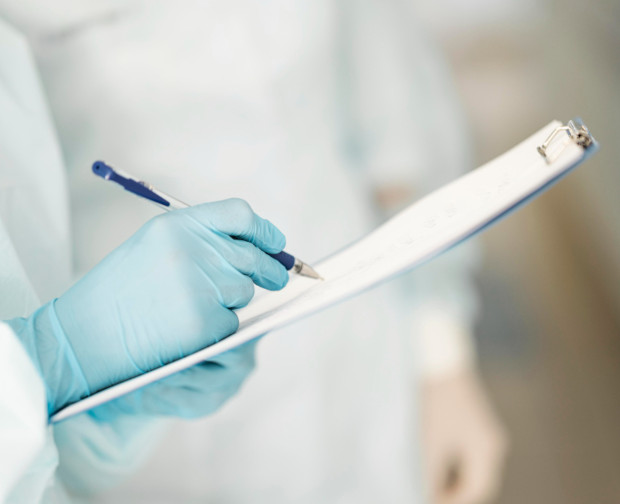
Possible complications
Although the disease is benign, without timely treatment it can lead to a number of adverse effects. Complications do not occur in all women, but the risk increases with significant changes and prolonged disease progression.
Possible complications include:
- Formation of large cysts that refill with fluid
- Chronic pain and discomfort that reduce quality of life
- The appearance of dense nodules requiring radical correction
- Cosmetic defects of the organ causing psychological discomfort
- Increased likelihood of degeneration of individual cells in the nodules
Regular visits to a mammologist help identify abnormalities early and choose the optimal treatment. Even with complications, modern treatment and diagnostic methods effectively manage the disease, preserving women's health.
Prognosis, prevention
With timely treatment and the correct choice of treatment tactics, the prognosis is favorable. A benign course allows for symptom control, reduces the risk of complications, and regular monitoring by a specialist helps stop the progression of the process.
The prognosis depends on:
- Form (diffuse, mild defects are easily corrected)
- Timeliness of diagnosis and initiation of therapy
- Compliance with doctor's recommendations on nutrition, hormone therapy, and lifestyle
- Presence of concomitant hormonal imbalances
Disease prevention includes several important areas:
- Regular medical examinations, breast self-examination
- Monitoring hormone levels in the body, correcting concomitant endocrine dysfunctions
- A healthy lifestyle: moderate physical activity, proper nutrition, cessation of bad habits
- Reducing stress, normalizing the routine Sleep
- Following doctor's recommendations for preventive examinations, especially in cases of hereditary predisposition
Compliance with preventive measures reduces the risk of developing new pathological elements, alleviates symptoms, and maintains the health of the gland.

Frequently asked questions
Can the disease develop into cancer?
The neoplasm has benign characteristics. There is no direct risk of malignant transformation in the diffuse type, but nodular elements and large cysts require monitoring and, if necessary, removal to rule out atypical cells.
Do all types require surgery?
Surgical intervention is only indicated for nodules, large cysts, or rapidly growing cysts. Diffuse or mild types are more often treated with conservative methods.
Is it possible to breastfeed a baby?
In most cases, breastfeeding is possible; the disease is not a contraindication. If painful, hardened areas are present, the doctor will recommend the optimal position and feeding frequency.
How often should I undergo examination with this diagnosis?
To monitor your condition, it is recommended to visit a mammologist and gynecologist every 6-12 months, as well as conduct regular self-examination. If nodular lesions are detected, more frequent examinations are necessary.
Does it affect pregnancy planning?
The disease does not prevent pregnancy. However, the doctor may recommend preliminary treatment or observation to minimize discomfort and monitor the condition of the gland during hormonal changes.
Is it possible to treat the disease with folk remedies?
Traditional remedies are used only as a supportive measure to alleviate symptoms, and only on the recommendation of a doctor. Primary treatment is prescribed only by a specialist.
Bibliography:
- Guseynov A. Z. Modern Diagnostics and Treatment of Breast Diseases // Monograph. Tula: Tula State University Publishing House. – 2022.
- Boyarskaya A. Yu., Kozlovskaya T. V. Risk Factors for the Development of Benign Fibrocystic Diseases of the Mammary Glands. – 2021.
- Benign Diseases of the Mammary Gland / Kaprin A.D., Rozhkova N.I., Mazo M.L. [et al.]. – Limited Liability Company Publishing Group GEOTAR-Media. – 2018
- Tsymbalist E. D., Pyshkina Yu. S. Evaluation of the Effectiveness of Diagnostic Signs of Breast Cancer // Modern Problems of Science and Education. – 2021. – Vol. 5. – P. 115
- Panchenko E. S. et al. Identification of patterns between benign breast tumors and their risk factors // Medical education, science, practice: Collection of articles from the X International scientific and practical conference of young scientists and students, April 22-23, 2025. Vol. 2. – FGBOU VO Ural State Medical University of the Ministry of Health of the Russian Federation, 2025

This award is given to clinics with the highest ratings according to user ratings, a large number of requests from this site, and in the absence of critical violations.

This award is given to clinics with the highest ratings according to user ratings. It means that the place is known, loved, and definitely worth visiting.

The ProDoctors portal collected 500 thousand reviews, compiled a rating of doctors based on them and awarded the best. We are proud that our doctors are among those awarded.
Make an appointment at a convenient time on the nearest date
Price









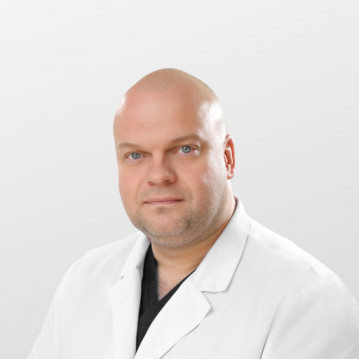
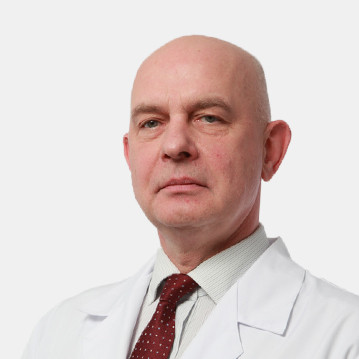

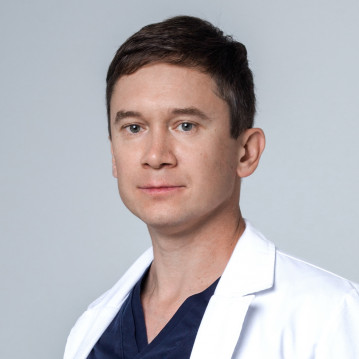
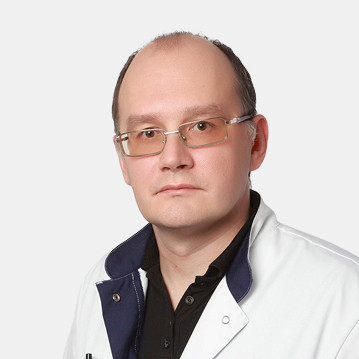
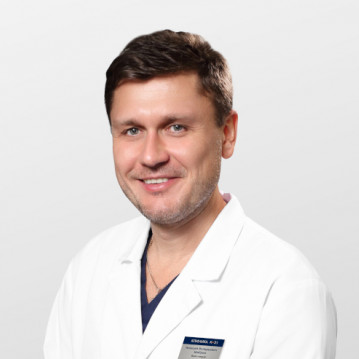

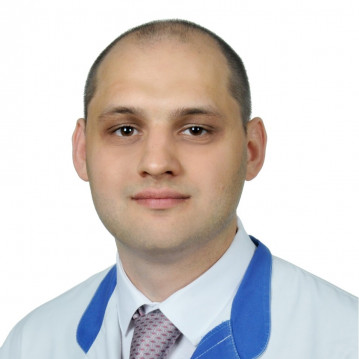

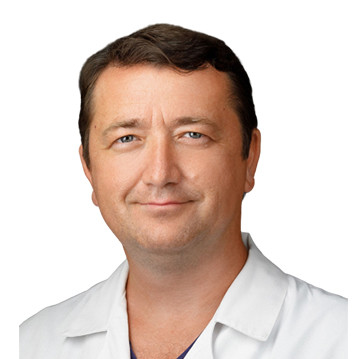

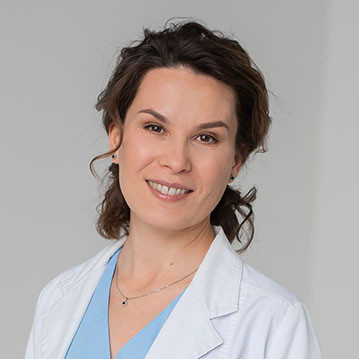
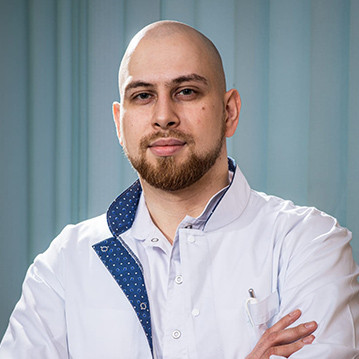
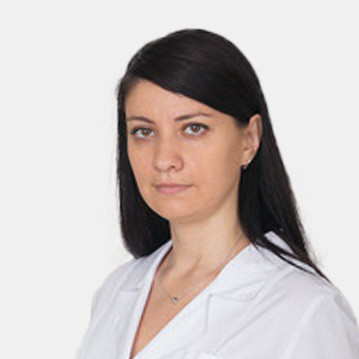
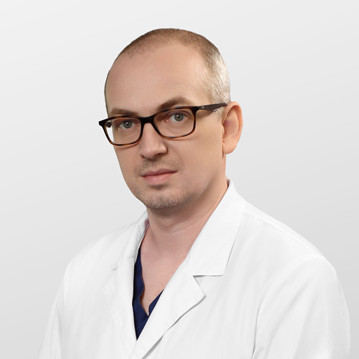
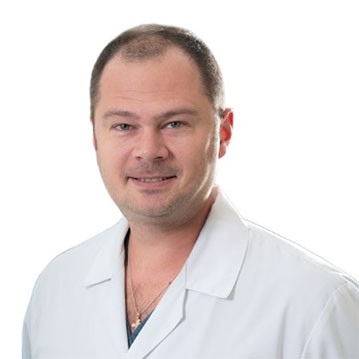
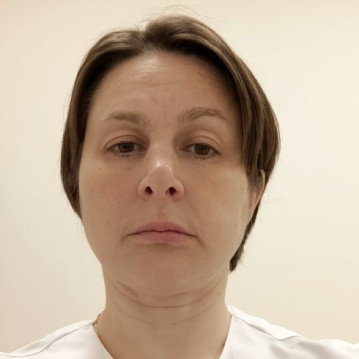
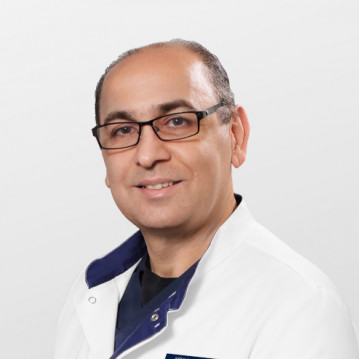


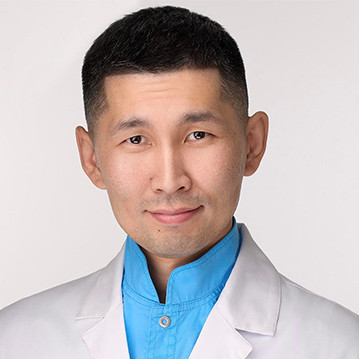

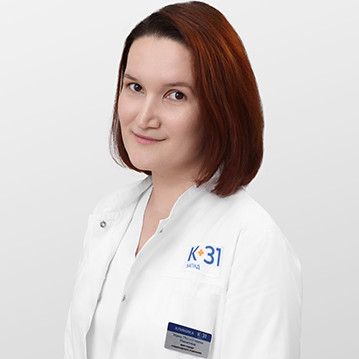


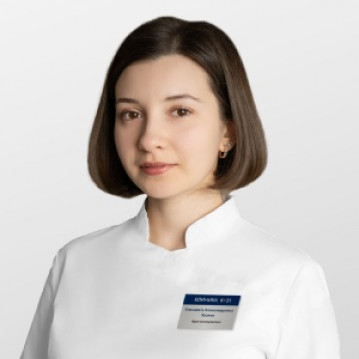


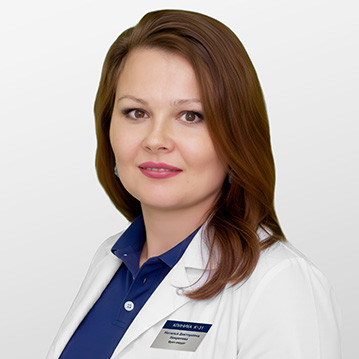
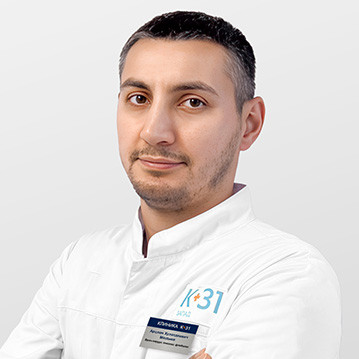
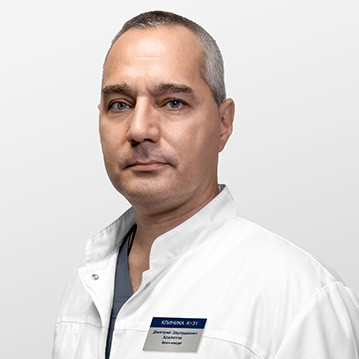


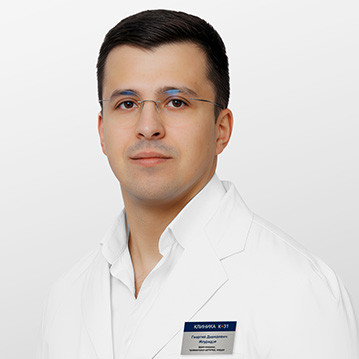









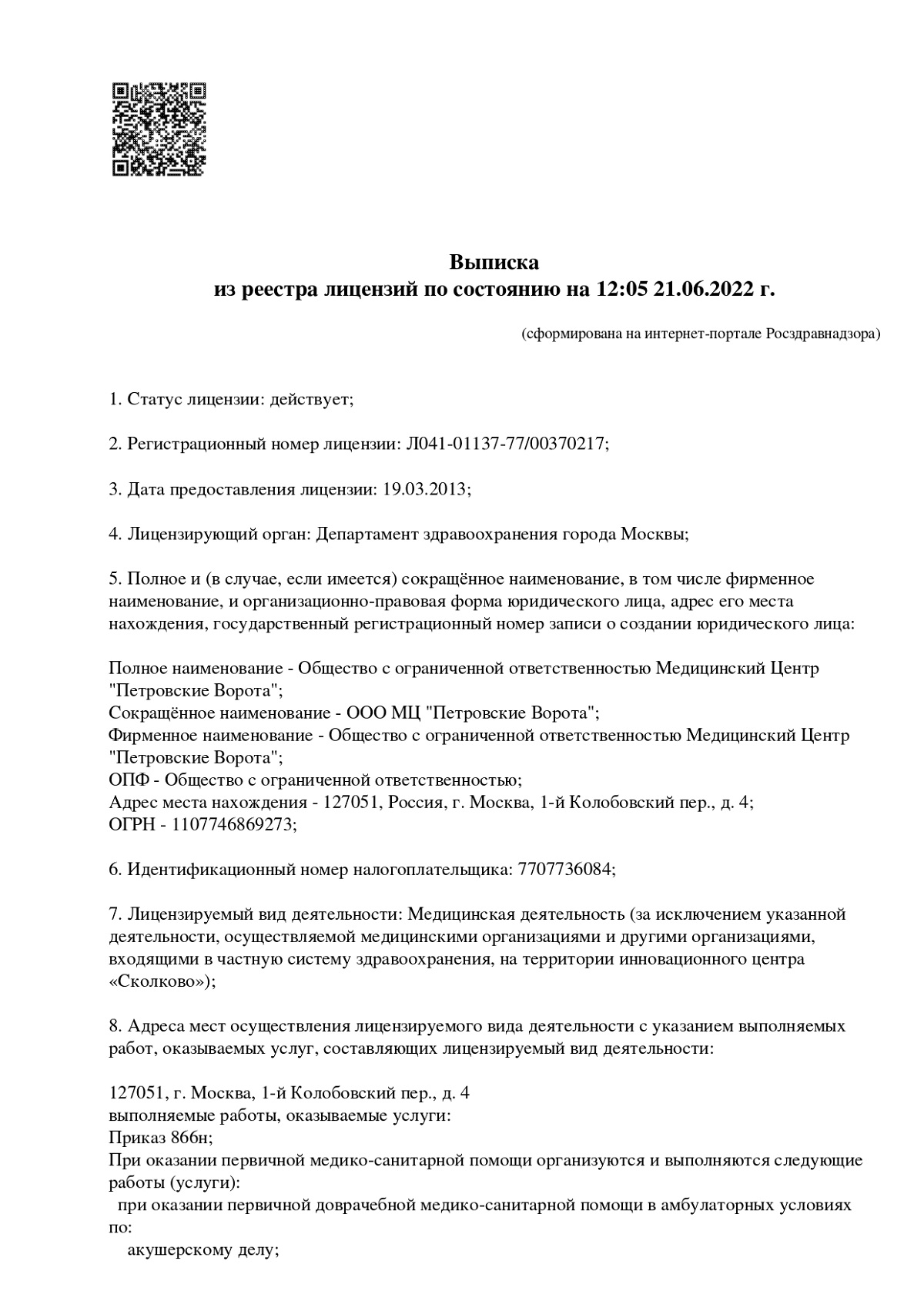
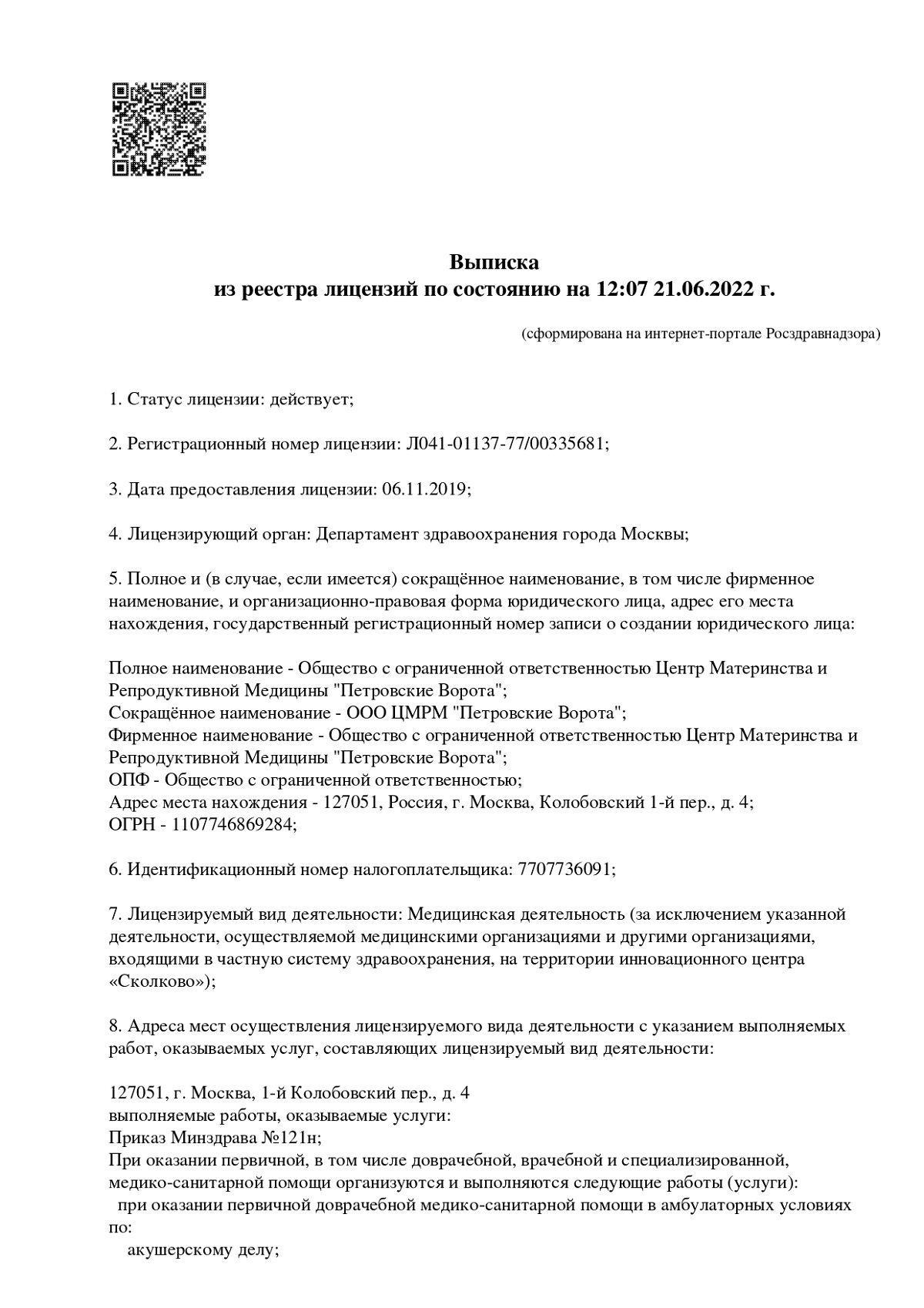
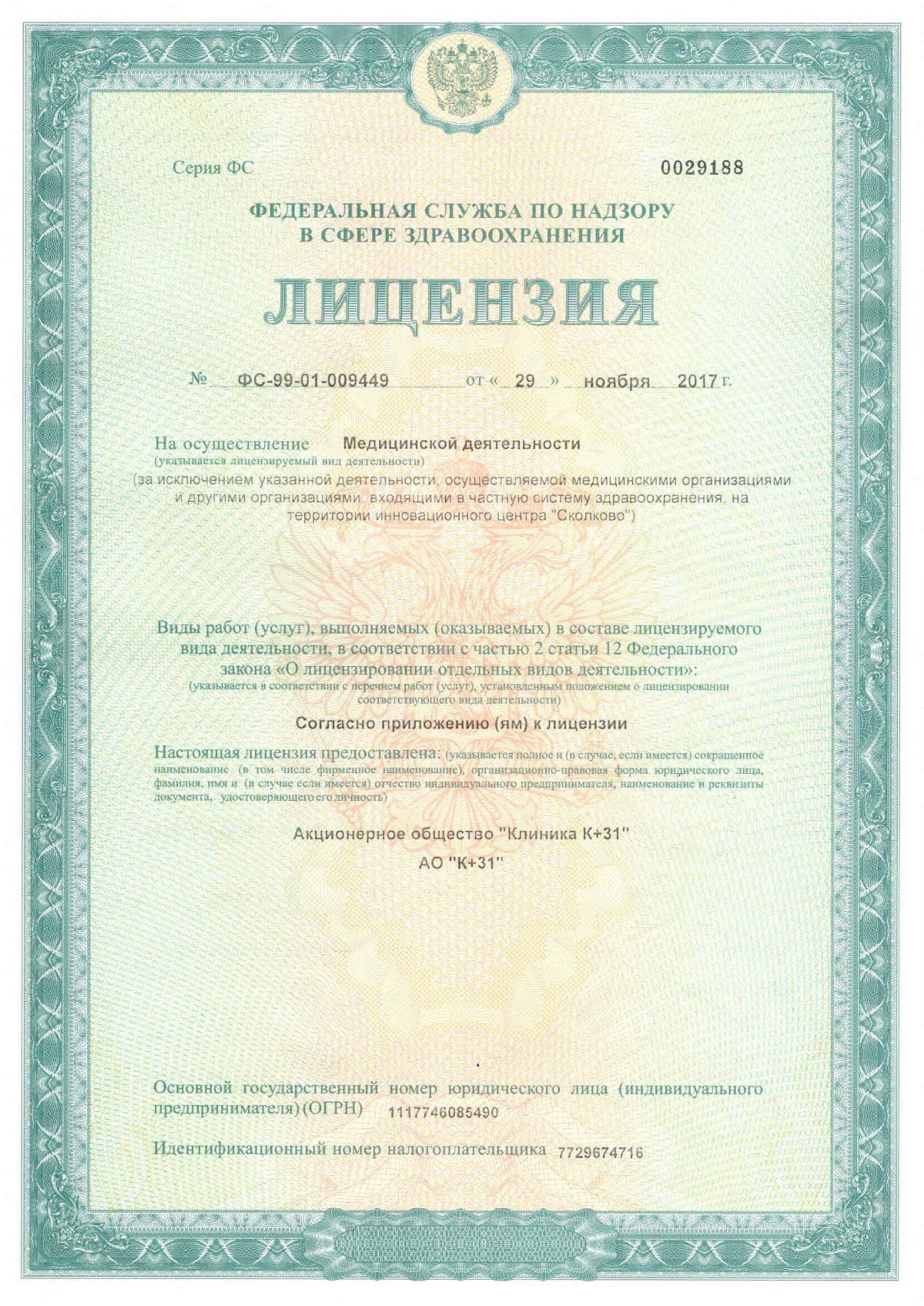
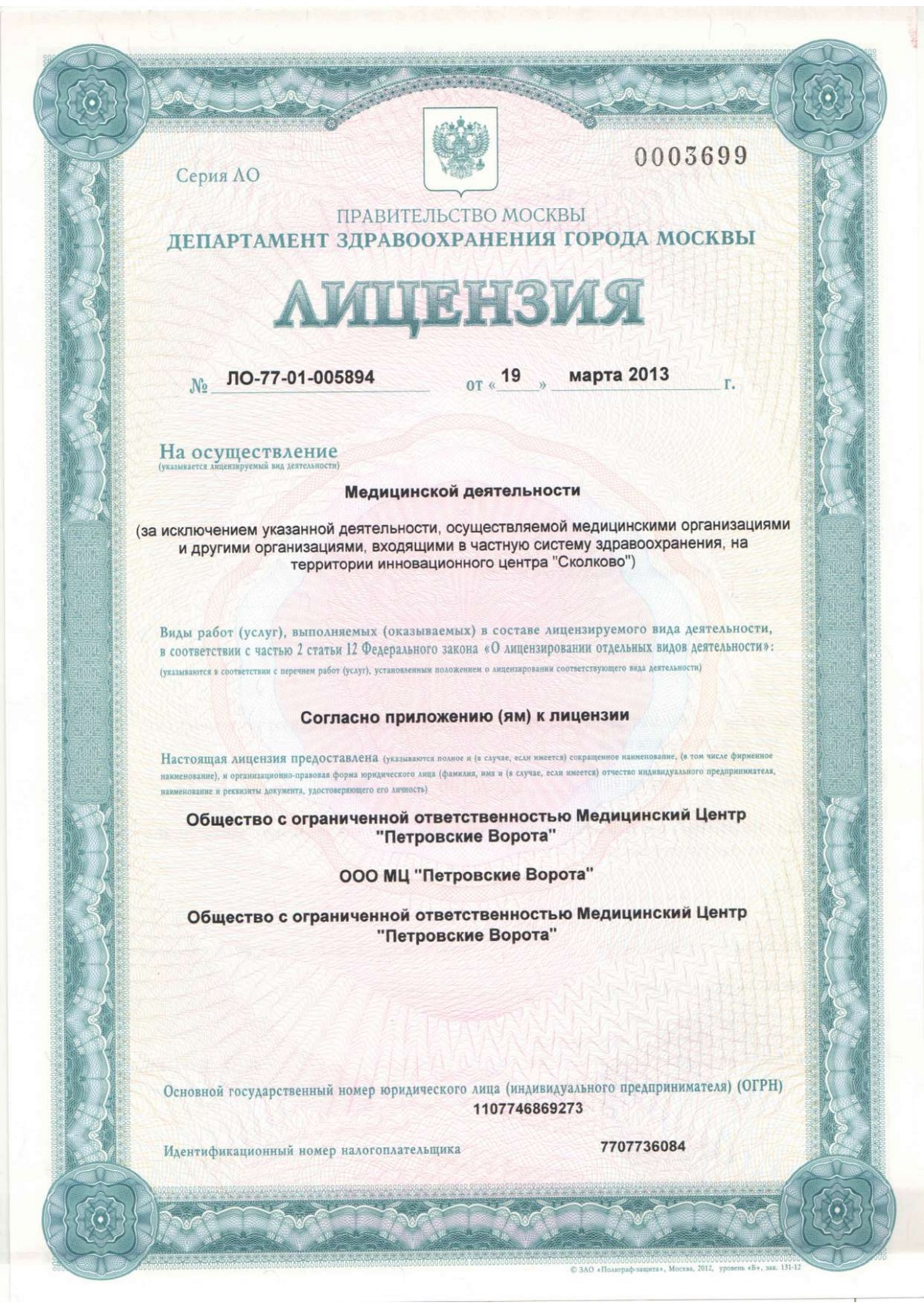


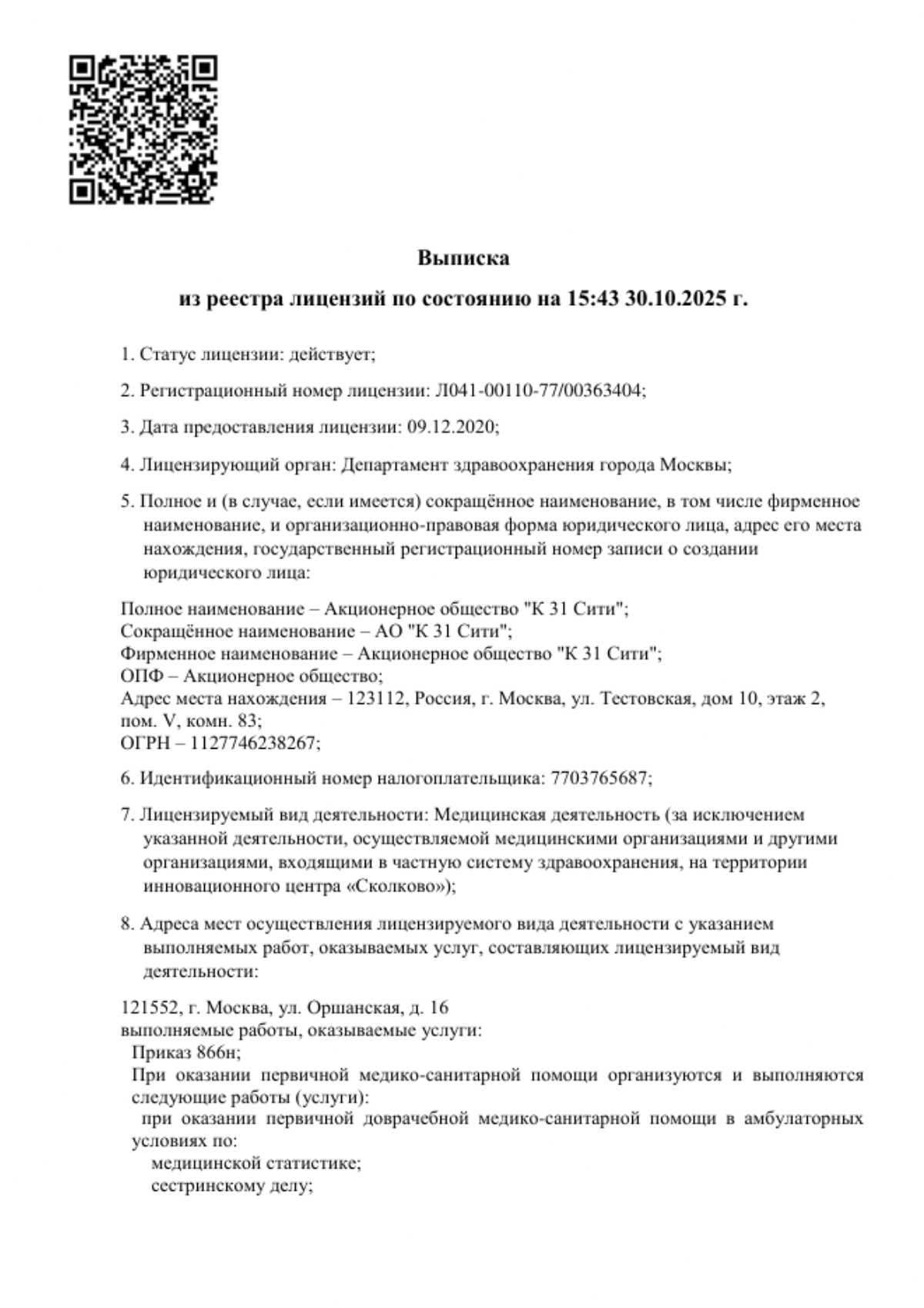
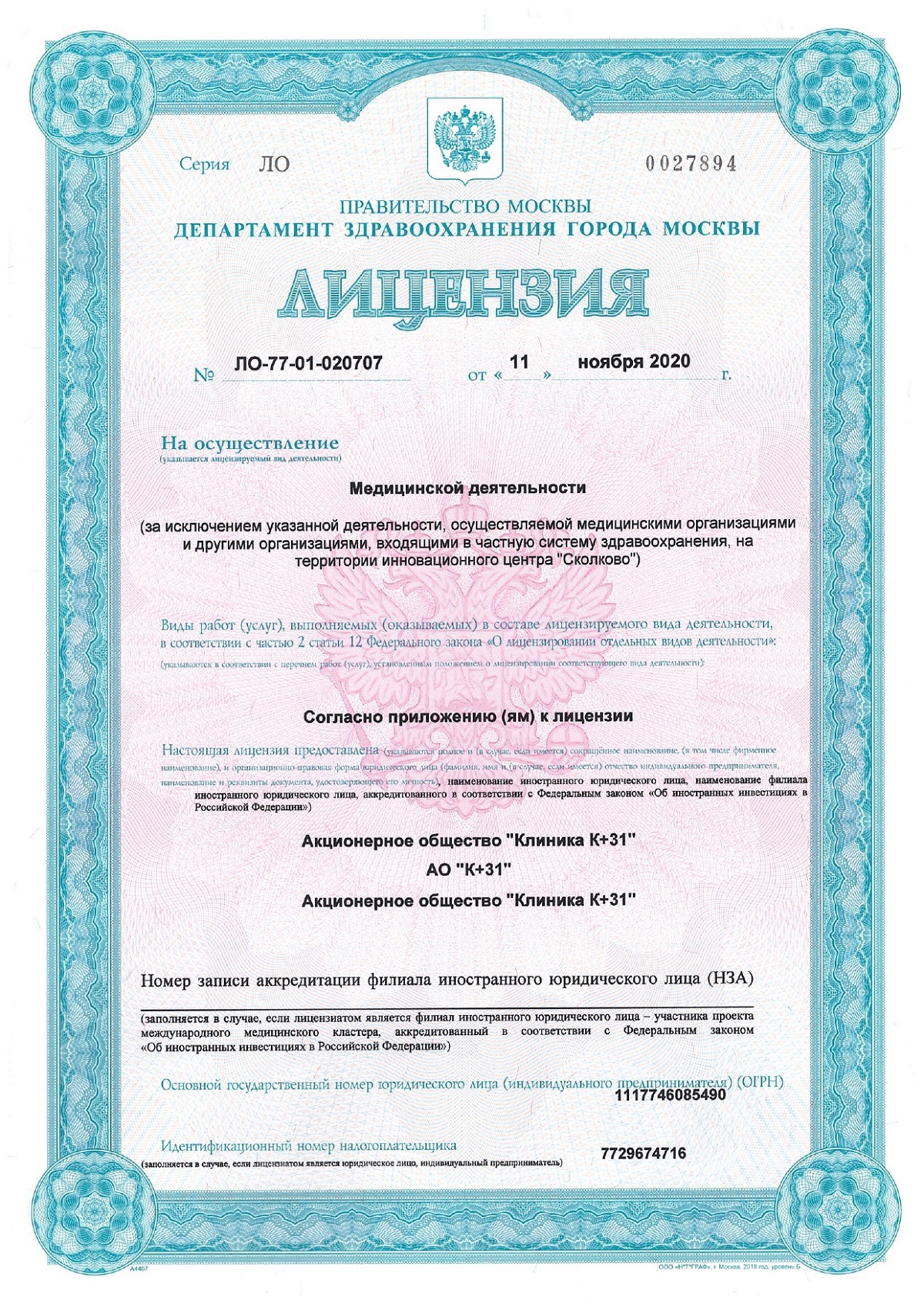

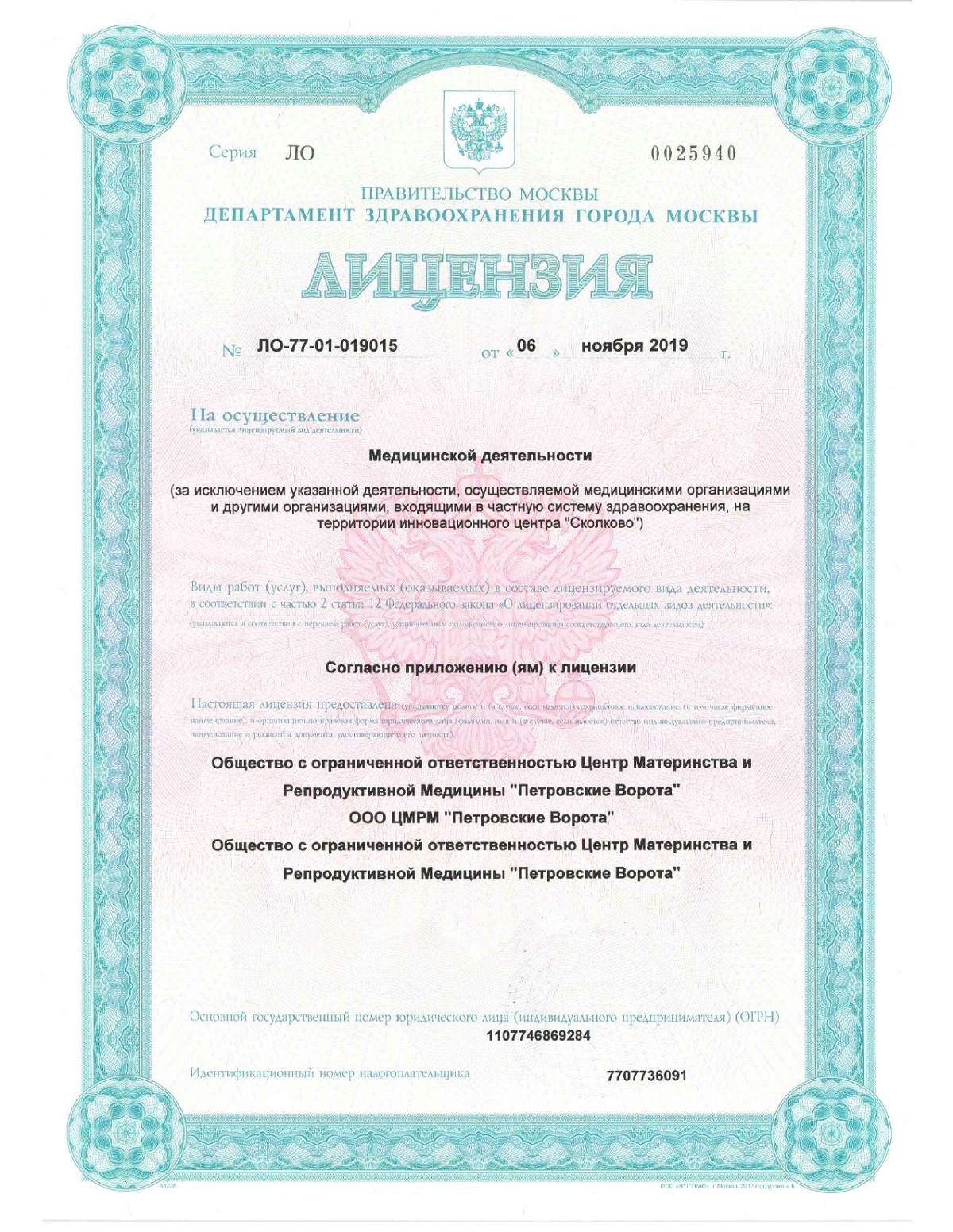




Medical definition
The general term "mastopathy" is used in medicine to describe benign pathological processes. They are characterized by the proliferation of connective tissue, the formation of small or large cysts, as well as the appearance of compactions and structural irregularities.
Characteristics:
Fibrous and cystic types manifest differently: one type is accompanied by a predominance of compacted areas due to connective tissue, while the other is characterized by the formation of cystic cavities. In some cases, they occur together, giving rise to the name fibrocystic mastopathy.
Important! Although this disease is benign, its progression is always associated with the risk of developing atypical growths. Every woman diagnosed with this condition should be under medical supervision.